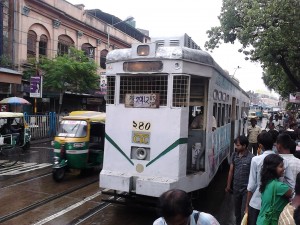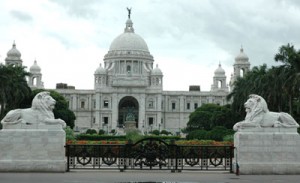History Of Kolkata City
Kolkata, earlier known as Calcutta, is the capital city of West Bengal, a state located in the eastern part of India. It is one of the most well-known cities of India. Owing to its strategic location, the city has witnessed several important political as well as social upsurges in the past and this why its history holds a significant place in the chronological description of the entire scenario of the Ind ian subcontinent and rest of the world. Kolkata has also experienced some of very well-known monarchial as well as bureaucratic rules, which have highly influenced its culture.
ian subcontinent and rest of the world. Kolkata has also experienced some of very well-known monarchial as well as bureaucratic rules, which have highly influenced its culture.
Though, according to archeologists, Kolkata has been inhabited for over two thousand years, its documented history begins only from the arrival of the British East India Company, in 1690. However, some of the ancient evidence says that this city was an established trading post much before the Slave Dynasty of the Delhi Sultanate, the Mughals, the Portuguese, the French or the British set up a major township here. As per the evidence, the city owes its origin to the Maurya and Gupta period and so, the popularly assumed fact that the Englishman Job Charnock is the founder of the city is not right. The travelogues of Chinese scholars and Persian merchants, dating from centuries BCE, support this claim.
Till date, other than its mention in the ancient epic Mahabharata and some vague description in foreign texts, there is not much valid information about the ancient phase of Kolkata. The medieval phase has some evidence to prove its Maurya and Gupta link. The rent roll of Akbar’s reign, in 16th century, also acknowledges a city called Kolikata. However, one can get the continuous description related to the city only after 1690, when Job Charnock came here. In 1702, the British constructed Fort William in the city, to station their troops and use it as a regional base. Following this, a major tiff took place between King Siraj-Ud-Daula and British, with Robert Clive making Fort William regional base of the East India Co.

The grip of British on Calcutta became very strong after its declaration as the capital city of British India, in 1772. By, 1850, the city had gone into a rapid industrialization phase. Richard Wellesley, the Governor General of Kolkata worked tirelessly on the architecture of the city and developed it as the “City of Palaces”. This was the phase of high British influence on the culture of Kolkata. This is when, the confluence of British and Indian culture gave rise to a new Babu class, the anglophile urban educated elites of upper caste Hindu communities.
With the rendezvous of education and westernization, there began a phase of ‘Renaissance’ in Bengal, the period of the development of Bengal intellect. It resulted in many social reform movements. With the growing intellect, grew the understanding of the meaning of freedom and the city became the center of Indian Independence struggle. After the upsurge of Sepoy mutiny near Kolkata, the partition of Bengal in 1905 resulted in extensive public protest and boycott of British goods. All these tensions led to the transfer of the capital of British India to Delhi. Even after the transfer, Kolkata remained a major hub for trade and independence struggle.
Calcutta suffered a major set-back at time of independence, when East Bengal was handed over to Pakistan. The dramatic rise in immigration rate and excessive political discontentment led to extreme riots in the city. Even after independence, the city couldn’t gain a rapid momentum of growth, as Naxalite movements and Marxist-Maoist movements led to severe power shortage, violence, strikes, and architectural damage and economic stagnation of the city. After 1977, the city became the base of Indian communism. The proper growth of the city only became after 1991, when India opened up its economy and introduced the LPG reforms. Today, Kolkata is one of the key cities of India.
